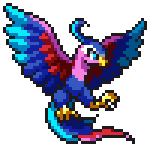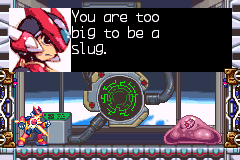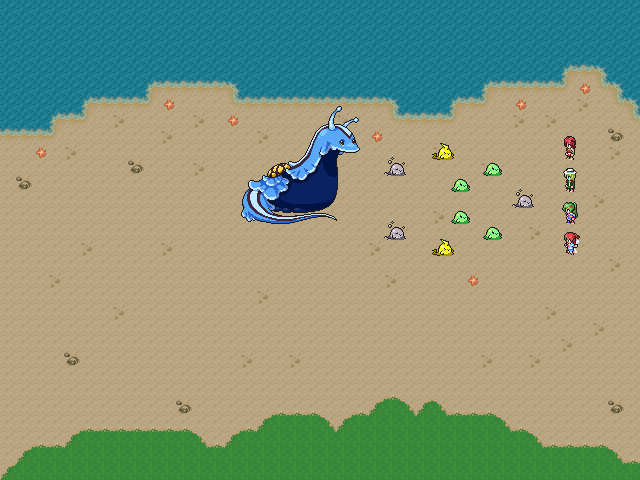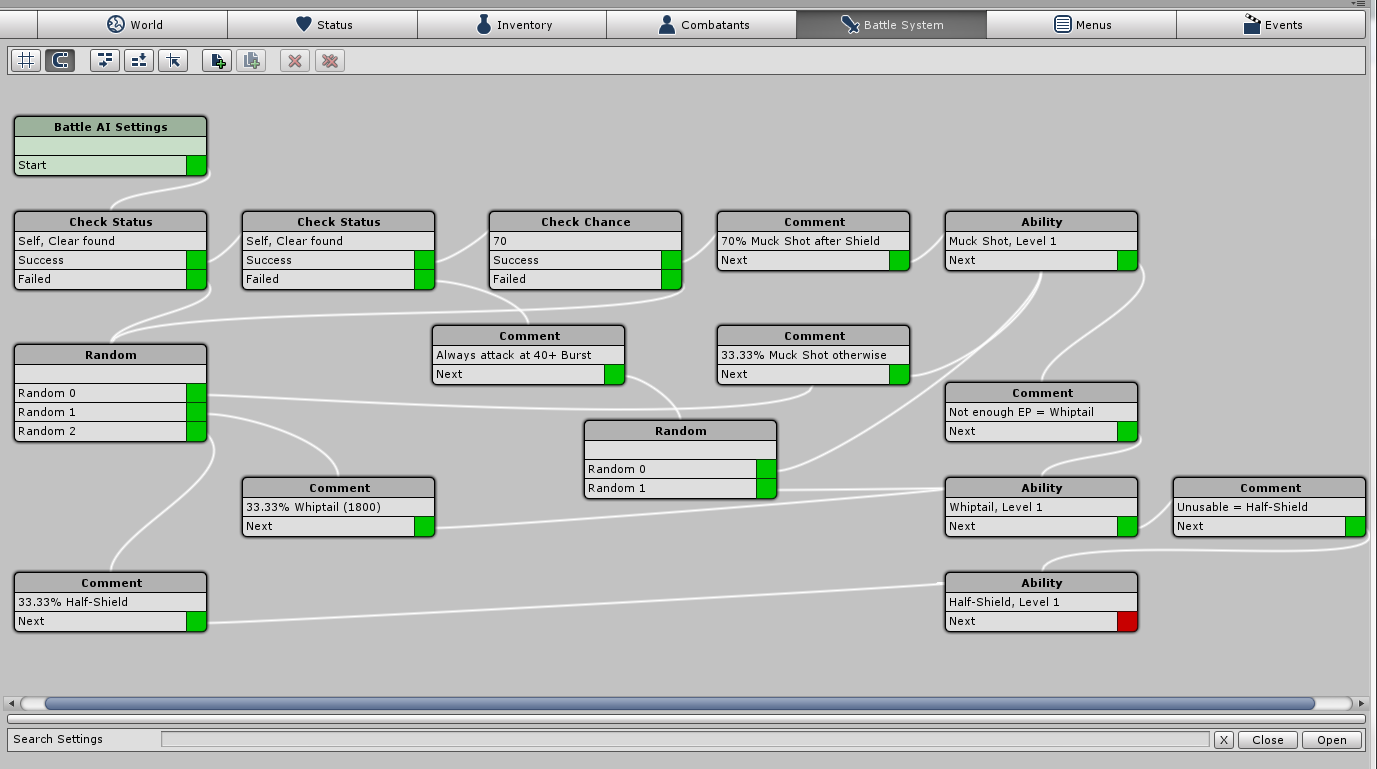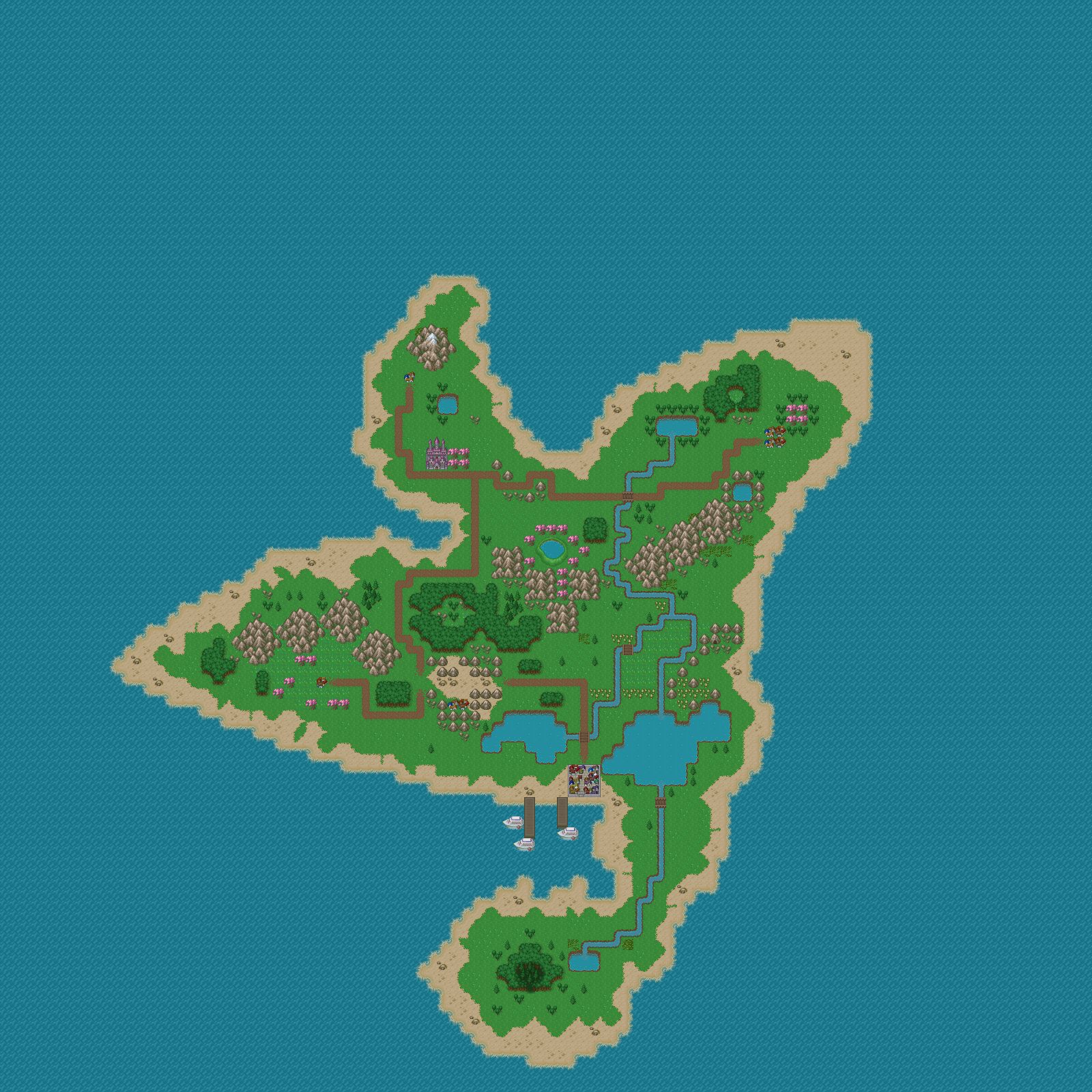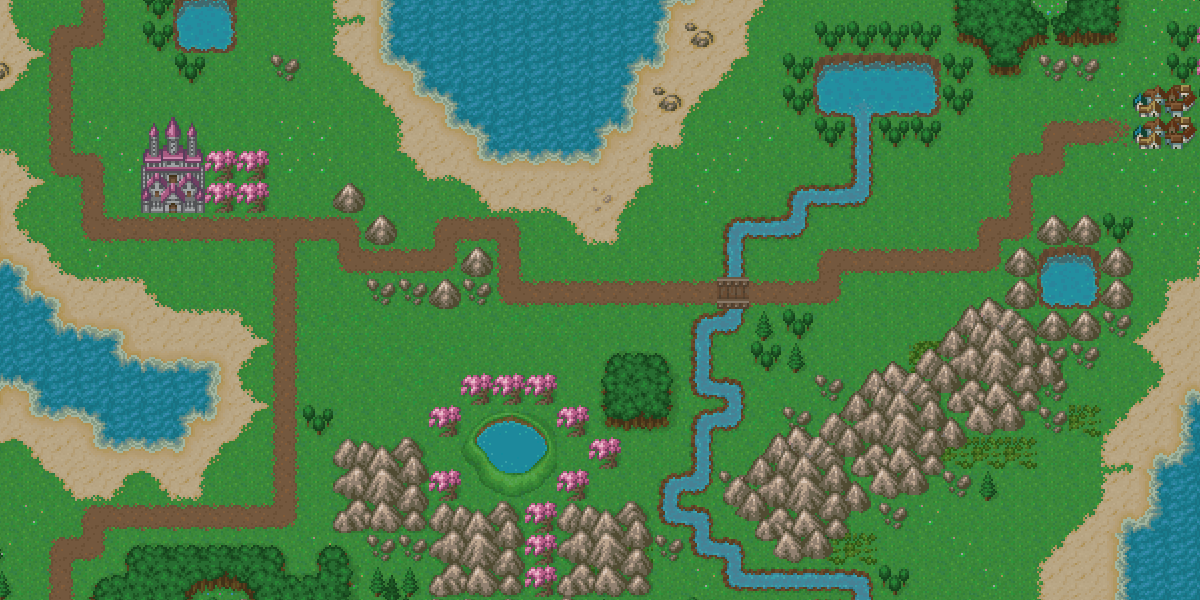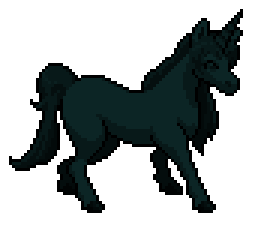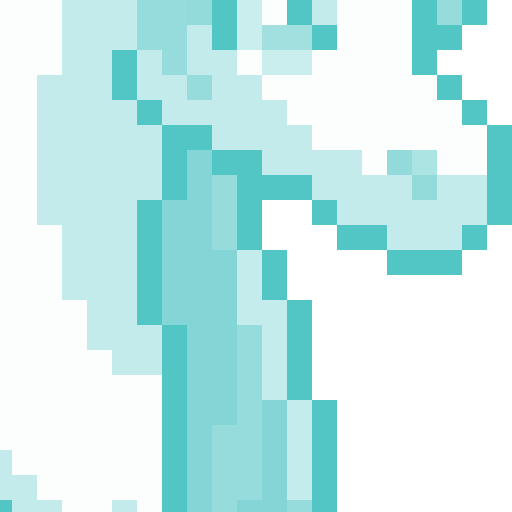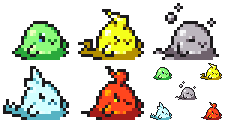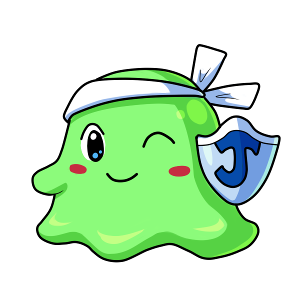New Pixel Art and Worldbuilding Talk
Behold, in triple size, the mighty Felossus!
And now let’s compare sizes of all monsters to date except the spoilery one.



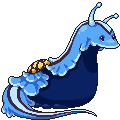
As you can see, a Harpilure is about three times the size of a slime, a Felossus is about three times the size of a Harpilure, and a Slugwall is about twice the size of a Felossus. Nonetheless, putting aside the massive scale of sea creatures, the Felossus is certainly one of the largest land creatures! It’s especially noteworthy for being a common large creature. It’s powerful, agile, and can even fight pretty evenly with the raging ogres that sometimes plague the land. But is size everything? Not at all. In a direct confrontation, a Felossus would shoo a Slugwall with relative ease, but even with all its physical strength it would be unable to harm a Slimary, the weakest slime that has no elemental power. Liquid creatures, shapeshifters, and others are pretty safe against this giant kitty!
Well, the Felossus has brute force alone as long as nothing crazy goes on, like someone putting destructive elemental magic into its claws for reasons, but why would something that absurd ever happen in a video game? This is the Dreamblazers universe, where the global Empire long ago established the Shield Our Surface (S.O.S.) group dedicated to layering healing and barrier magic over the planet of Peremene so it doesn’t get destroyed by nutty individuals with a lot of magic to spare and a desire to see the world burn. It’s a peaceful world—and, in fact, one that a couple of our heroines like Leaf and Celty find too peaceful! Why else would they seek adventure? But for more ordinary citizens, well, the mornings of Peremene shimmer and its evenings are simply divine and its people know for absolute certain that everything is perfectly fine.
Yes. Perfectly fine!
On to other things…
Let’s Talk Music
I recently got someone inquiring about whether he could compose music for Dreamblazers and I actually still have to reply to that email—I’m way too late about that and I’ll definitely have to apologize when I send that reply, but this is a difficult subject for me. Music is in a weird place with me, which is why I’ve never talked about it in detail despite writing on here for over a year and a half. In fact, I did a search and here’s everything I’ve ever said on this blog about music (as it relates to the game):
- I want it to be good. (Thanks, Captain Obvious. :P)
- If I had a hundred million dollars (and I don’t) then I’d want a Musical Mode where various scenes are portrayed in song!
- For the sake of a demo, I can probably get away with only having three pieces of music: towns, dangerous areas, and the overworld. (Today I’d say four, adding battles!)
The truth is that other than gameplay—which in this case means choosing your team, choosing your moves, creating your own play style, finding fashion combos, and so on—music is the aspect of an RPG that I value the most highly. And yet I’ve never said much about it; why not? To be honest, I consider this the scariest aspect of the entire game development process. The very scariest.
You see, I’m responsible for the gameplay and almost every other element of Dreamblazers also stems from it. Monster designs like the Felossus, Slugwall, and of course the elemental slimes were inspired by making creatures do certain things; I knew what to ask for. Character designs like Leaf, Jelia, Celty, Astrid, and Star stemmed heavily from the characters’ abilities and attributes; I knew what to ask for. Even the story stems from the gameplay and has since, well, pretty much forever. I said this over two and a half years ago and 1,105 tweets ago, when nothing existed of the game other than design documents:
But gameplay first makes some things easier. Protagonists' strengths necessitate certain antagonist abilities, which then shape the story.
— Jelly Paladin (@JellyPaladin) November 6, 2012
Music, however… Outside of the rhythm genre, music is a completely isolated element of games. I don’t know how to give direction. I don’t know how to communicate what I’m looking for. Or even if I do know how, it must be subconscious since I don’t know that I know how. Sure, I took a single music theory course in college, which is more than I can say for art—but I look at art and color and the visual world almost every second of every day. You pick things up from that, you know? Can’t say that about music. I can go to deviantArt or pixiv or wherever else to glance over about ten pieces of art per second, but with music it’s multiple minutes invested just to truly get into a single piece. In fact, sometimes I can hear a piece dozens and dozens of times before I feel like I’ve even begun to understand it.
I always feel like I've improved at listening to game music when I play Wild Arms' Adlehyde Castle theme and now hear the countermelody.
— Jelly Paladin (@JellyPaladin) January 3, 2014
So how can I feel comfortable talking about what I’m looking for from the music? I can’t say “this piece should have flutes” and “that piece should have trumpets” and “that piece should have a rest that cuts off all instruments at 0:25, then reintroduce each instrument one by one over the course of five stanzas to convey a sense of X…”
Regardless, since the issue did come up, I resumed looking over music and even tossed some updates in the ancient Musical Inspirations segment of the wiki. I know what I like when it already exists! …but can I express how to create what I like when it doesn’t yet exist? Hmm. That’s the challenge.


